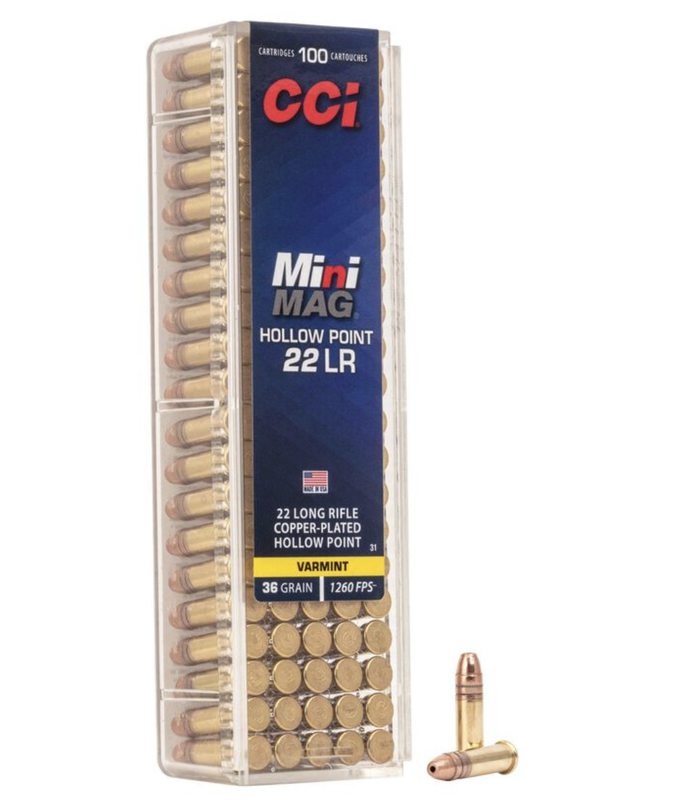We generally achieve, at best, about 2/3 of the most probable particle speed in a given gas at a given temp using off the shelf projectile mass.
For air at room temp, the most probable speed is around 1640 fps. 2/3 of that is 1100 fps.
At 900k or 1160F, the most probably speed is 700 m/s, or 2300 fps, which would give 1533 fps.
-Matt
For air at room temp, the most probable speed is around 1640 fps. 2/3 of that is 1100 fps.
At 900k or 1160F, the most probably speed is 700 m/s, or 2300 fps, which would give 1533 fps.
-Matt
Upvote 0
